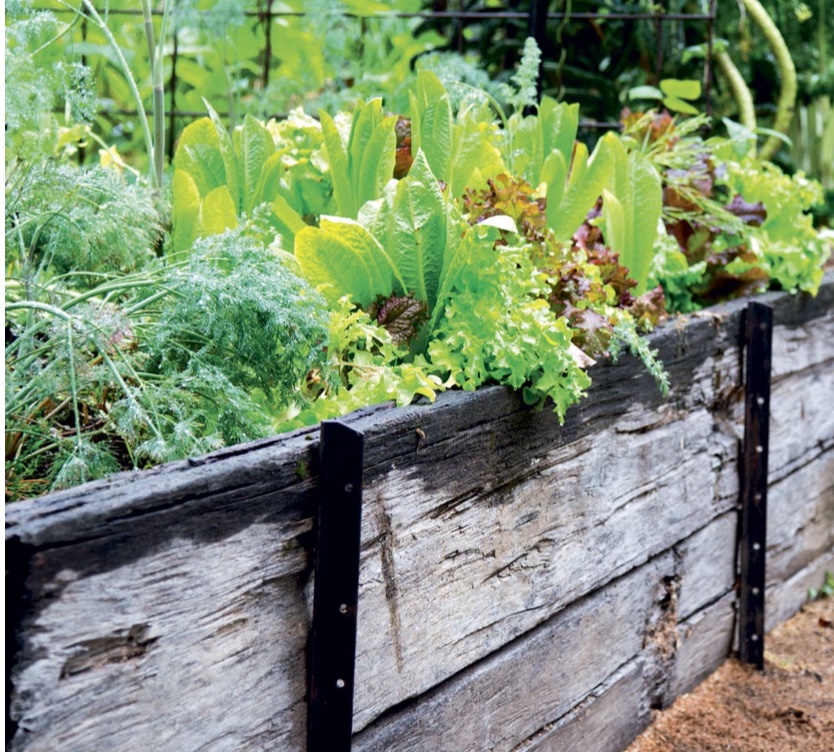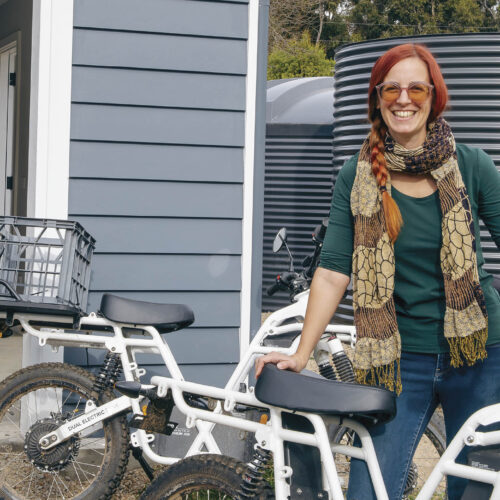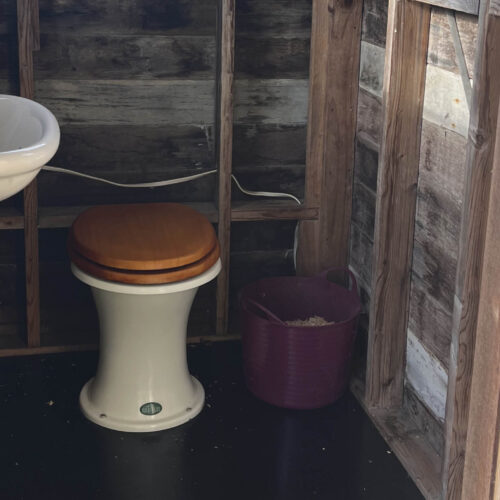True cost of growing your own food
2022-06-23T05:23:52+10:00
Back in Issue 99 of OG, Paul West wrote this article under the title 'Getting Pragmatic', looking at the true costs of growing your own food. In 2022, we are all interested in the answer to this question.
The idea of growing your own food is steeped in romanticism. Many folk, myself included, love to wax lyrical about the benefits of spending time tending the food garden. But when it comes to the nuts and bolts, such as how much it actually costs and what are the benefits, we rarely ask “is it really worth all that effort?”
My answer is a big thumbs up, but I reckon some planning and being realistic about the costs is helpful – adding pragmatism to the romanticism. If you’re starting a garden from scratch, then the costs can seem a little daunting but remember most of these expenses are a one-off. And costs vary depending on your location, climate and weather. If you have consistent rainfall one year, your water costs may be negligible but a long dry spell can be costly as rainwater tanks run out and owners have to rely on mains or carted water.
COSTS
Tools to get started
Buying quality tools that will last many years or a lifetime is a good investment. To save money, buy some second hand through garage sales and flea markets or online on sites such as Gumtree or your local area’s Buy, Swap and Sell page on Facebook. Another option is to see if a group in your local area runs a tool library.
Organic inputs
Your garden beds will also need inputs (to get started and every year onwards) to ensure optimum growing conditions, such as compost, fertiliser, organic pest control products and mulch, as well as some high-quality seeds and seedlings. This total can be reduced by making your own compost, saving your own seed, growing your own seedlings and keeping your eyes peeled for free sources of mulch and cuttings from friends and neighbours. If you are a beginner, seed-saving skills can be gained over time.
Water
A good supply of water to the garden is essential for healthy plants and abundant yields. If you’re living in a town or city, then you may need to start with the mains supply, which could (depending on rainfall) add significantly to your water bill. Investing in a good- sized water tank will reduce your long-term costs and as a bonus, rainwater is better for plants and soil.
Labour and time
For a productive vegie patch you’ll want to dedicate time for tending crops. This might be as little as 30 minutes a week in a small courtyard garden or two or more hours with a large garden of multiple vegie beds and orchard. But if you are busy, don’t berate yourself for not doing more – just do what you can. Start small and expand as time allows.
BENEFITS
There are many benefits, but not all can be easily monetised (or necessarily should be).
- HEALTH: Probably number one on the list of positives. As our society becomes increasingly sedentary, gardening is a great way to get up and moving. If you think it’s not enough of a workout, then you’ve never moved a large pile of mulch or compost by hand. You are also avoiding possible chemical residues on shop- bought food and eating fresh, in-season produce. Food is also an excellent preventative medicine, so growing your own vibrant, nutrient-dense food will keep you in rude health and away from the doctor.
- FOOD SOVEREIGNTY: When you grow your own food, you know exactly how it was grown and can harvest and enjoy it at your leisure without having to drive anywhere or rely on anyone else. The more food grown locally, the more resilient the community.
- PLEASURE: Sun shining, bees buzzing, and eating the delicious fruits of your labour. There is also plenty of good research out there now on the mental health benefits of gardening and exercise.
- ENVIRONMENT: The news is jam-packed with doomsday predictions about the state of the environment. Tending your own vegie garden is the perfect way to think globally and act locally. You are reducing ‘food miles’, avoiding toxic chemicals contaminating the land and water, and reducing reliance on industrialised agriculture.
- FOOD COST SAVED: When we get to the financial nitty gritty, comparing costs and savings, you will come out way ahead.
COMING OUT AHEAD
Based on the recommended intake of vegies, a family of four buying organic produce would spend $50 or more a week.* That equates to $2600 a year. Looking at the costs for a modest veg and herb patch of 12sqm (which can supply a family of four with vegies for a year), annual expenses will be around $500 ( see ‘Start up costs’, left).
If you grow all your vegies and herbs (allowing for
some inevitable crop failures, say $100), you will save $2000. Basically this means you would pay off all your setup costs, including a modest water tank in the first year. Realistically, you will grow at most half your vegies, but this will still save $700. Even a couple would be ahead.
Once you expand to fruit trees, savings get even better. The cost of buying and maintaining three fruit trees – a lemon, apple and mandarin – is around $150 ($30 per tree + fertiliser/pest control). And you only need to wander outside to get a fresh mandarin for the lunch box or lemon for the fish dinner. So there you have it! Growing your own food is not just good for you and the planet – but for the hip pocket!
BASIC TOOL KIT FOR MOST JOBS:
20m garden hose with spray nozzle
9L watering can
Long-handled spade
Fork
Rake
Trowel
Wheelbarrow
Gloves
Weeding buckets
[Many would add a water tank into the mix for basic tools]
ORGANIC INPUTS 1ST YEAR AND ANNUALLY:
Compost
Mulch
Seeds
Seedlings
Liquid fertiliser, manure, soil amendments, pest control
Water
* These figures are from 2018.
Look for an update on this article in Issue 135 of OG, which will be onsale August 4.
Paul West has written quite a few gardening features for OG over the years:
How to get the native buzz — just add bees!






